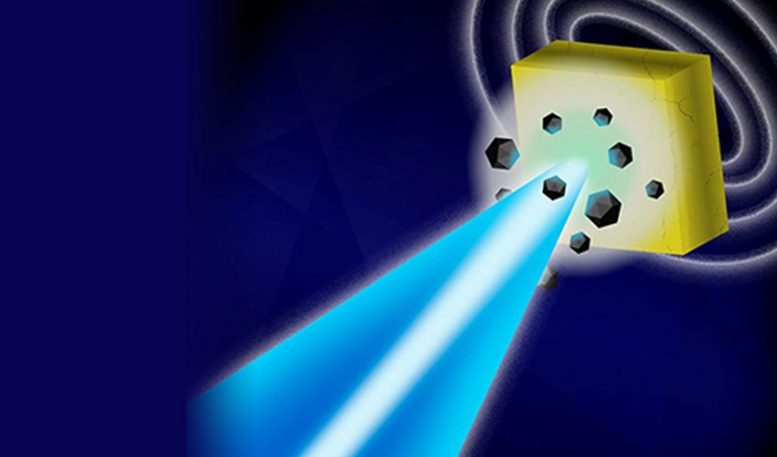
The first-ever shot with explosives was recently conducted at the National Ignition Facility. Credit: LLNL
The first-ever shot to study a high explosive sample was recently conducted at the National Ignition Facility (NIF), the world’s most energetic laser. The results from the shot included novel data that will help researchers unlock the mysteries of high-explosive (HE) chemistry and position Lawrence Livermore National Laboratory (LLNL) to continue its legacy as a leader in HE science and diagnostic innovation.
“This shot is the first in a series that will transform the Lab’s understanding of high explosives by producing never-before-captured experimental data quantifying the response of laser-driven high explosives during reaction,” said Lara Leininger, director of LLNL’s Energetic Materials Center (EMC) and lead for this Laboratory Directed Research and Development (LDRD) project.
The results also allow LLNL to critically evaluate predictive computational capabilities and the Lab’s world-class thermochemical code, Cheetah, and greatly expand experimental capabilities being applied in high explosives, Leininger said.
Prior to the November 4 NIF shot, solid carbon products (or condensates) from this type of chemical reaction could be calculated by LLNL’s physics and thermochemistry codes, but their atomic structure had never been directly measured in situ, with two X-ray probe beams on the same target, in less than 50 nanoseconds. “It is gratifying to see the TARDIS (TARget Diffraction In Situ) platform that we developed for very different scientific and programmatic applications to be useful, especially its dual-probe and large spot-size options, to new areas of research important to the Laboratory mission,” said LLNL physicist Jon Eggert.
The shot used a non-detonable quantity of less than 7 milligrams of single-crystal triaminotrinitrobenzene (TATB). TATB is an insensitive high explosive and unusual in its low sensitivity (relative to conventional high explosives) to stimuli such as friction, pressure, temperature, impact or spark. The shot captured a time evolution of products under shock compression exceeding 150 gigapascals (1.5 million times Earth’s atmosphere).
An entire series of shots is planned to greatly enhance the Lab’s understanding of HE science by evaluating the range from low-pressure ignition to overdriven initiation and points in-between.
“Utilizing the unique capabilities of NIF, specifically the long laser drive (60 nanoseconds) coupled with the two X-ray probes per shot, we can begin to understand reaction product formation as a function of shock pressure,” said Samantha Clarke, the lead scientist for the shot. “We obtained excellent data from all diagnostics and see clear evidence for the formation of products within 50 nanoseconds.”
The results of the shot also are directly relevant to the Lab’s ongoing work of science-based stockpile stewardship activities in LLNL’s Weapons and Complex Integration (WCI) Directorate.
Tom Arsenlis, head of Physics & Engineering Models, said these experiments allow LLNL to investigate the structure of HE detonation products during the detonation and help validate models of HE performance.
“With the exquisite diagnostics at NIF we are able to work with small samples and greatly reduce the risks of working with high explosives while getting programmatically relevant data,” he said.
In LLNL’s Global Security Directorate, these experiments will inform detection technologies for nonproliferation and interdiction technologies for nuclear counterterrorism. In addition, the shot showcases LLNL commitment as a National Nuclear Security Administration’s (NNSA) Center of Excellence in High Explosives.
Understanding the explosive shot
The relative safety of this material renders it important for NNSA’s Defense Programs and the Department of Defense. Because of its relative insensitivity to external stimuli, TATB is important to LLNL’s WCI and to NNSA and is used as the main charges in weapons systems.
“We know that TATB detonations end in solid carbon but the temporal evolution, morphology, and allotrope is still unknown for all conditions,” Leininger said. “NIF is a unique experimental facility that may enable the quantification of the kinetics of solid carbon production in TATB reactions under detonation conditions.”
Just like a wood fire produces soot, detonation of CHNO (carbon, hydrogen, nitrogen, and oxygen-based) explosives like TATB can produce solid carbon. Leininger explains that every explosive is different, and predicting the amount, phase (i.e. diamond or graphite), and time evolution of this carbon condensate production is important for the development of predictive modeling.
Project conducted in three phases
The work funded by the LDRD Program, started in 2017, focused on multidisciplinary strategic initiative leveraging two core competencies at LLNL: high explosives science and high energy density photon science.
The first phase of the project was the development of diagnostic technologies. The project team developed and innovated, then applied novel diagnostic techniques for measuring in-situ, dynamic, laser-driven high-explosive reactions. The focus of this phase was the rapid development and shrewd termination of non-viable concepts. The first experiment took place at LLNL’s Jupiter facility under the leadership of Joseph Zaug.
In the second phase, concepts were evaluated on a series of shots at the Omega Laser Facility at the University of Rochester. Significant diagnostic developments have been made by the NIF Materials Integrated Experimental Team (IET) over many years, and this enabled the team, led by Michelle Marshall, to prove the feasibility of measuring solid products in situ using X-ray diffraction with laser-backlighter X-ray probe beams and to investigate target preparation, configuration and diagnostic set-ups. Marshall also is a collaborator on an ongoing project for additional Omega experiments to investigate solid product formation in TATB that are complementary to NIF experiments and to measure the equation of state of other insensitive explosive materials.
The capstone phase of the project was performed at NIF and combined the developments into a comprehensive characterization of the detonation reaction zone. Successful transition from Omega to NIF over a short time scale also was enabled by the NIF Materials IET. The November 4 shot integrated the techniques developed in the first two phases and provided data on the evolving chemistry of this reacting insensitive high explosive. Clarke noted that the final target at NIF was 6.92 milligrams. With a detonation energy of approximately 4 kilojoules per gram, the energy output of this target was approximately 30 joules of energy. By comparison, the NIF laser can deliver more than about 2 million joules of energy on target.
Team comes together for success
The team relied on LLNL’s Jupiter Laser Facility and the Omega Laser Facility at the University of Rochester’s Laboratory for Laser Energetics to conduct work prior to conducting the shot at NIF.
Using high-explosive material at NIF, a radiological facility, required careful analysis and preparation. As with other hazardous or radioactive materials, NIF had to develop and implement rigid, formal operational protocols to ensure that the high-explosive experiments would be conducted safely and within NIF’s authorized limits of operation, according to Ken Kasper, who leads the NIF Safety Program.
“NIF’s advanced diagnostic systems are able to extract the required experimental data from the tiniest TATB samples,” Kasper said. “This small sample size makes managing the hazard much more straightforward.”
Of special note, Leininger said, were the attention and diligence from the LLNL Explosives Safety Committee Chair, Kevin Vandersall, and the LLNL Controlled Materials Group, including Don Schneider, who flew an overnight flight to Rochester, New York, to ensure that explosives targets were properly packaged for a return shipment to LLNL.
Key team members include Clarke, Marshall (University of Rochester), Zaug, Paulius Grivickas, Suzanne Ali, Bruce Baer, Matt Nelms, Ray Smith, Martin Gorman, Damian Swift, Amalia Fernandez-Pañella, Larry Fried, Thomas Myers, Ben Yancey, Carol Davis, Franco Gagliardi, Lisa Lauderbach, Trevor Willey, James McNaney, Eggert and Leininger.


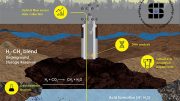
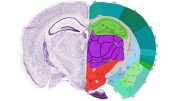
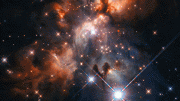
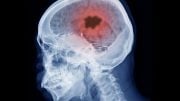
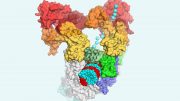
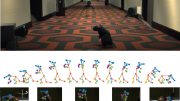
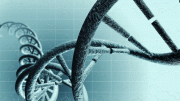
I knew they’d try some military use, since the inertial fusion was going nowhere. This who installation was a fantasy from the start. Bulldoze it.
I’m waiting for the lasers to get powerful enough, to ignite some sort of fusion weapon. Maybe with that He3 from the moon. A clean H bomb.